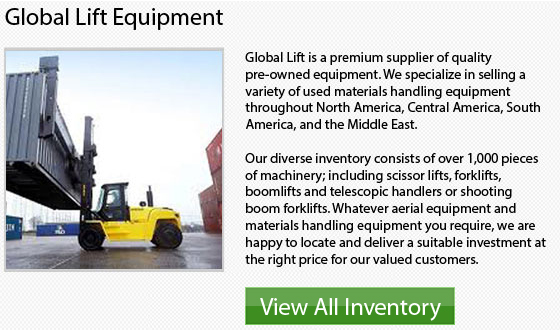
Forklift operators are normally on the trucks more than 7 out of 8 hours a day in several forklift corporations. Operators will be asked to always unload and load trucks all day long. Many of these operators do not have to consult with supervisors very often, nor do they have to deal with paperwork. Occasionally they are doing the same task during the shift for the duration and they don't even need to move the forks to adapt to various loads. These operators usually find the counterbalanced sit-down models of forklifts a lot more comfortable and effective.
Maneuvering space depending on the location, several facilities have tons of room wherein forklifts and equipment could work in. In these circumstances, a 4-wheel electric or engine-powered lift truck remains an important player in the warehousing fleet.
Other facilities are packed to capacity on the other hand with limited space for lift truck maneuverability. These facilities might have shipping departments and staging areas to work out of. In this particular case, a 3-wheel electric or stand-up end control forklift model could seem to be a better choice.
You can determine how to pick the correct truck and choose the right tire depending on your environment and particular jobs you would be performing. Next is a brief profile to show you the kind of tire choices offered.
Cushion Tire Trucks - These specific trucks are used and designed for use just on concrete or asphalt surfaces. Usually, they are specified for indoor work inside manufacturing facilities, distribution centres and warehouses. Commonly cushion tire forklifts are smaller compared to similar capacity pneumatic units; hence, they typically cost less. This makes their resale value a lot less too.
Pneumatic Tire Trucks - On improved surfaces, the pneumatic tire lift truck can work outdoors and indoors as long as these surfaces consist of hard-packed dirt or stones and blacktop. Rough terrain areas such as severely potholed lots or plowed fields are not ideal. The trucks are outfitted with a bigger frame. Usually, pneumatic tire trucks are more expensive than comparative cushion tire models. When it comes to resale, usually the pneumatic models provide higher value. This is in part because of the huge amount of maneuvering space they provide and their overall surface versatility.